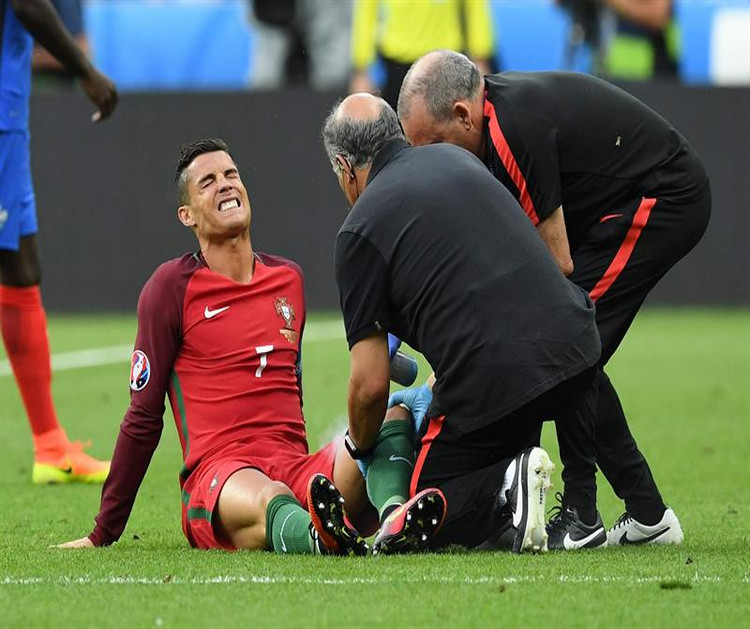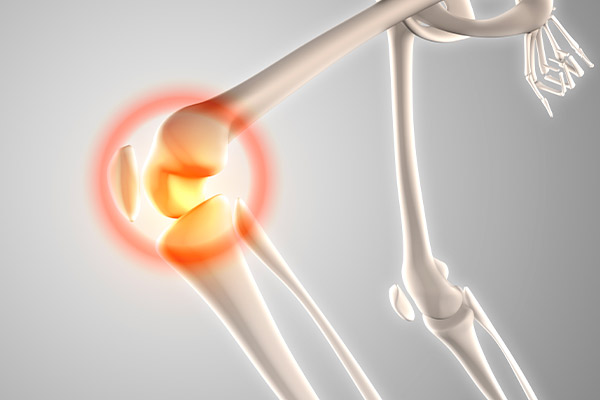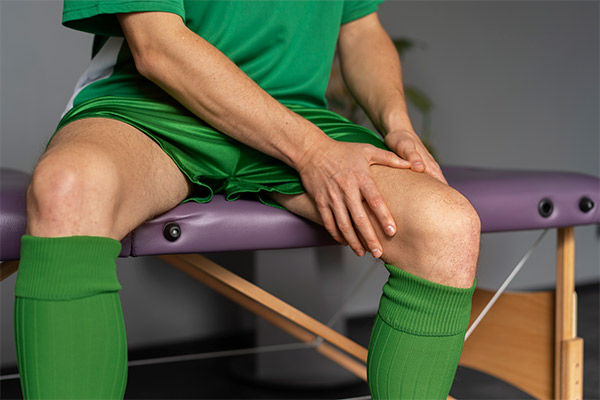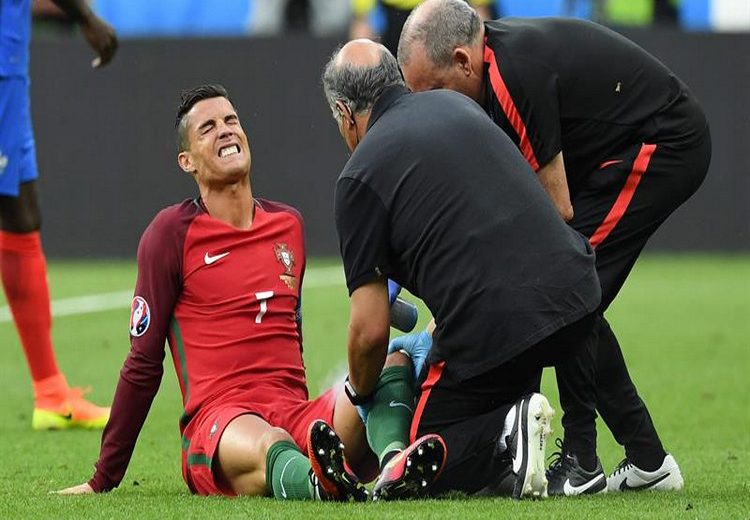
At thirty-nine years of age, Cristiano Ronaldo has seen his share of injuries. His 2016 knee injury threatened to cut his career short, but Cristiano Ronaldo’s accelerated recovery with stem cells led to a stronger knee and a more successful career.
Cristiano’s MCL Sprain
Table of Contents
During the Euro 2016 Finals, Cristiano sprained his MCL and had a partial tear. His injury was classified as a Grade 2 ligament injury, meaning his treatment would be surgery followed by physical therapy, and he would be fine.
Cristiano Ronaldo’s stem cell injections, which he felt gave him an edge in the healing process, also helped to keep his knee strong. The stem cells were injected into his knee to rejuvenate the cells in his ligament, reduce swelling, and prevent future knee deterioration.
MCL Sprain Explained
The MCL, or Medial Collateral Ligament, attaches the femur and tibia on the inside of your knee joint. The bone in your thigh (the femur) attaches to one of the two bones in the leg, the shinbone. The tibia stabilizes the knee and ankle by bearing your body weight when walking, running, and playing sports.
The LCL, or the Lateral Collateral Ligament, attaches the femur and fibula outside the knee. The fibula is the other bone in your lower leg, which is your calf bone. The fibula is the smaller of the two lower leg bones that help to stabilize the tibia.
If you stretch the knee too far in the opposite direction, which can easily happen when playing sports like soccer, football, and basketball, you can tear the MCL.
A torn ligament or partial tear occurs when some ligament fibers tear. If the ligament is ripped in half, the tear is complete.
In Cristiano’s case, the ligament was sprained, meaning he stretched it to the point that it tore slightly. Because of this, he would have had severe pain and swelling, and the knee joint would feel loose because the ligament was stretched. The surgical procedure and Cristiano Ronaldo’s stem cell treatment enhanced his post-injury performance while growing healthy stem cells after he was healed.

Why Use Stem Cells?
What better way to heal your injuries than to use stem cells obtained from your body? It is a safe, low-risk, non-invasive procedure that can rejuvenate most body parts. Here at ProgenCell, we use autologous stem cells harvested from you to repair the damaged knee. Using your stem cells minimizes the risk of donor infections and ensures your body will not reject the stem cells!
Since stem cells can evolve into any cell in the body, they are perfect for knee and orthopedic injuries. Once introduced into the body, they hone in on the damaged tissue and minimize swelling. They transform into cartilage and ligament cells to rejuvenate the damaged area of the knees.
Movements That Can Cause an MCL Tear
While MCL tears are synonymous with athletes, anyone can tear their MCL. There is no specific age, gender, or predisposition for this injury. Some motions put you at a higher risk, and most, but not all, are involved in sports. The following movements can tear an MCL,
- Lifting bulky or hefty items
- Daily stress and strain on your knees (causes MCL to lose its elasticity)
- Hyperextending the knee (skiing)
- Swift turns or stops (tennis, soccer, or basketball)
- Squatting positions
- Landing a jump awkwardly
Symptoms of an MCL Tear
While knee pain is one of the main symptoms of an MCL injury, not everyone experiences pain. The symptoms below are the most common complaints.
- Pain on the side of the knee is the first sign most people experience
- Swelling of the knee accompanied by pain
- The knee catches, locks, or feels stiff as you move about
- A pop or snapping when you injure the knee
- The knee feels unstable as if it will buckle when you walk. you may not have pain as this occurs
- The knee jolts to the side while walking.
- Difficulty walking or applying pressure to the injured knee.
 What Athletes Gain from Stem Cell Therapy
What Athletes Gain from Stem Cell Therapy
Cristiano Ronaldo’s stem cell treatments allow him to participate in soccer at an age when many athletes are retiring. When stem cells are used as a complementary therapy with surgery or non-surgical procedures, they regenerate cells after the injury site has healed. This makes the injured area stronger and less prone to re-injury.
Possible sports and non-sports injuries like muscle strain, inflammation, chronic pain, osteoarthritis, tears in cartilage, tendon, and ligament injuries can be lessened and, in some cases, eliminated by treating these conditions with stem cells and standard medical regimens.
If you or someone you know suffers from sports injuries, chronic back pain, or osteoarthritis, a ProgenCell expert is waiting to help you improve your quality of life. Our bilingual staff can help you schedule appointments, line up accommodations for your stay, and help you with the procedural paperwork. Fill out the evaluation form to get started today!









